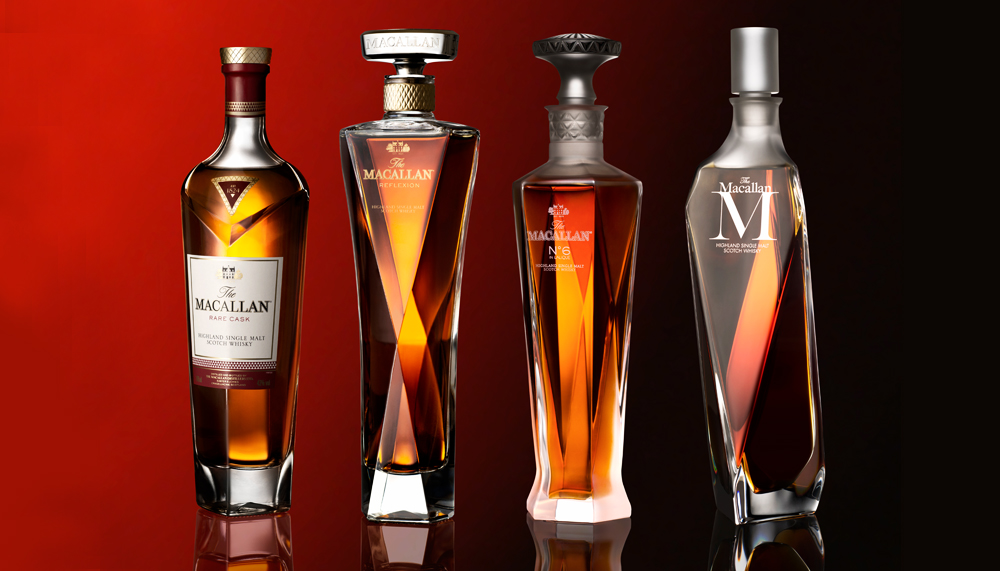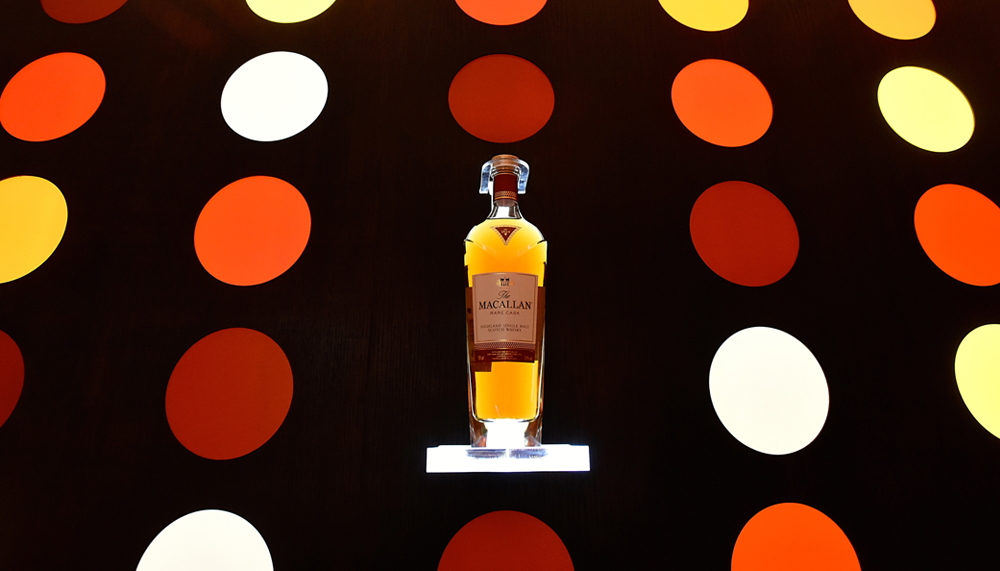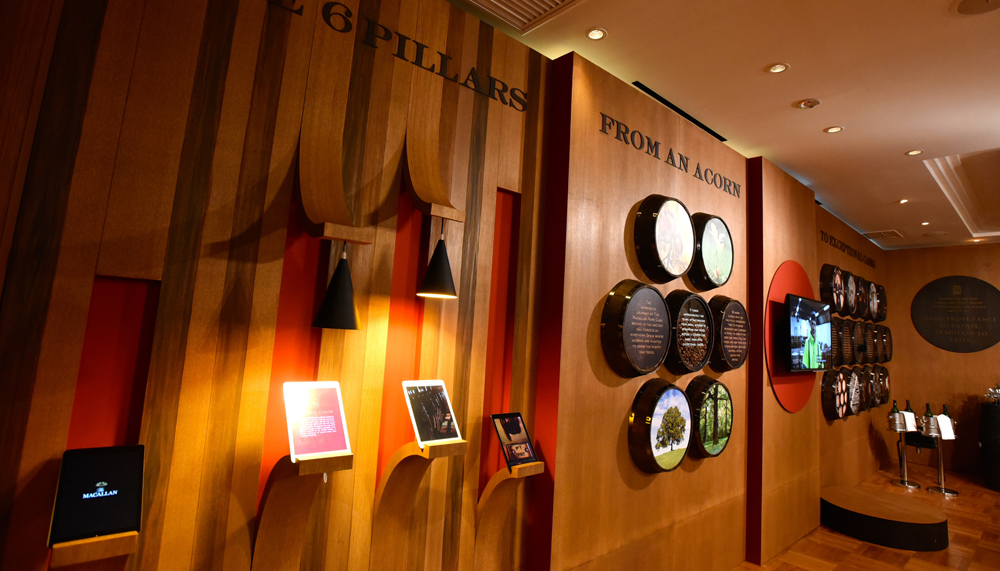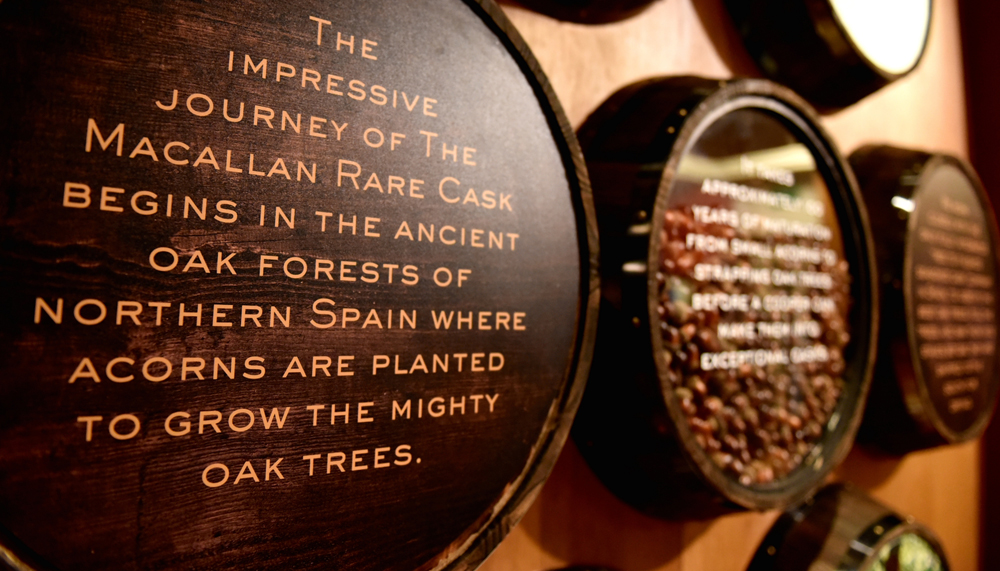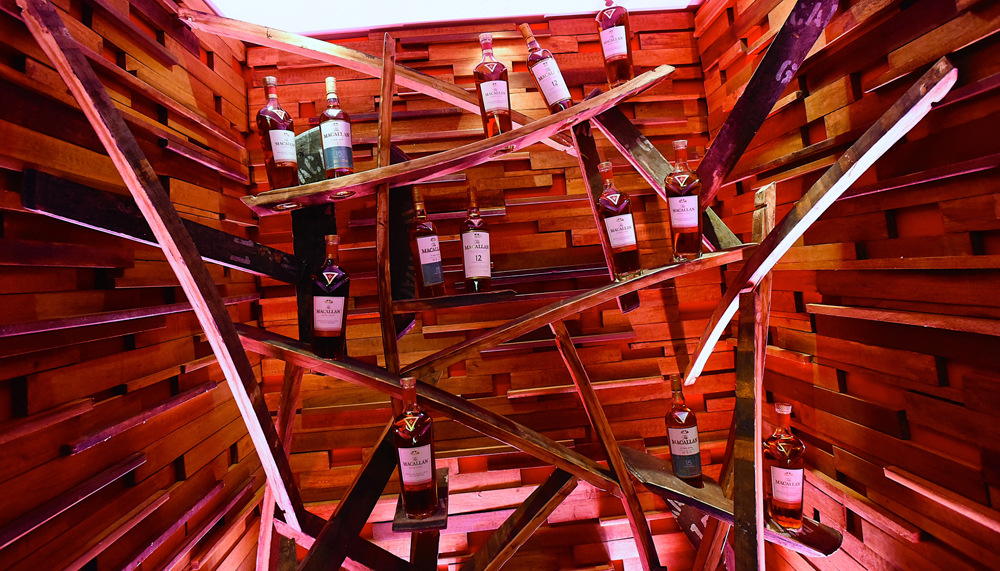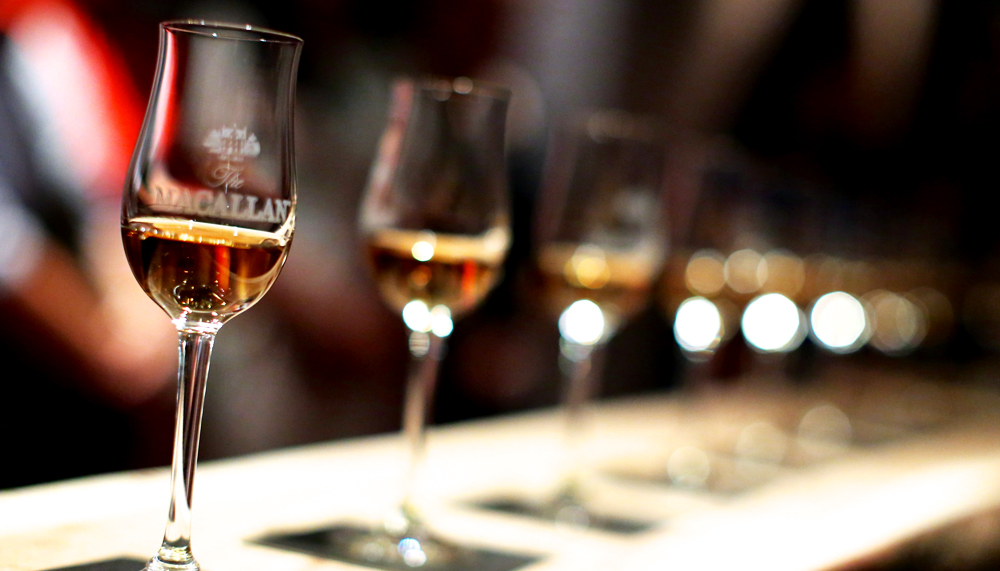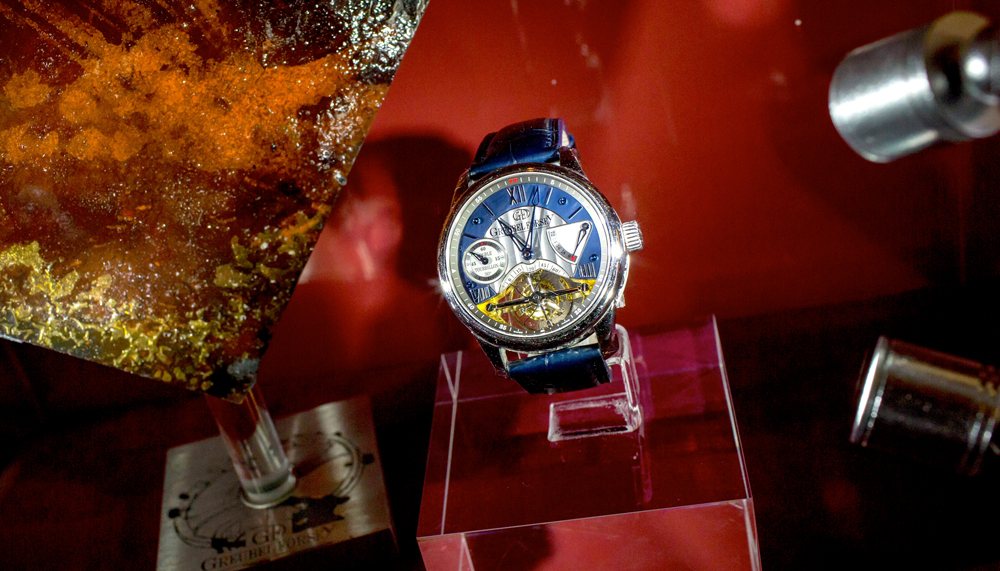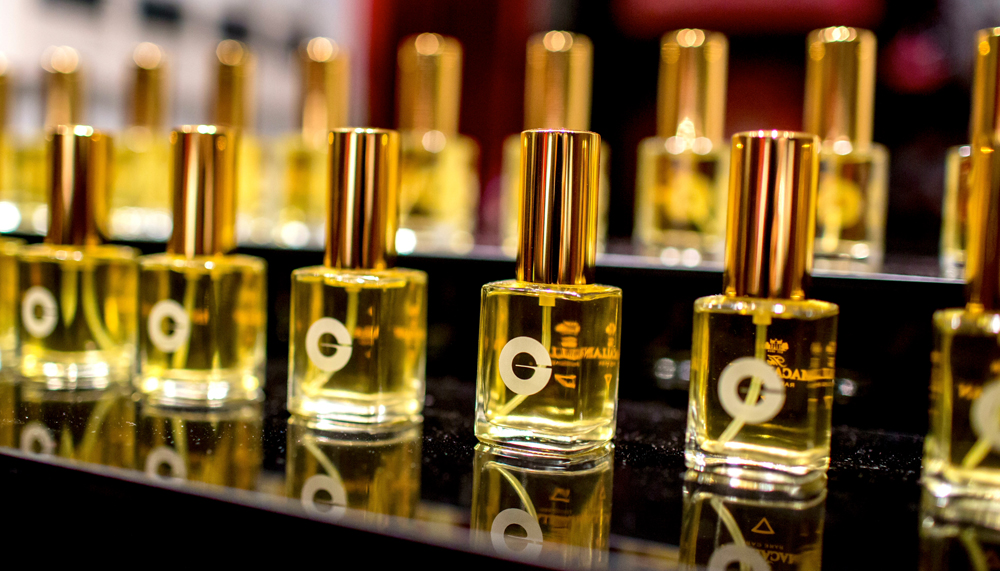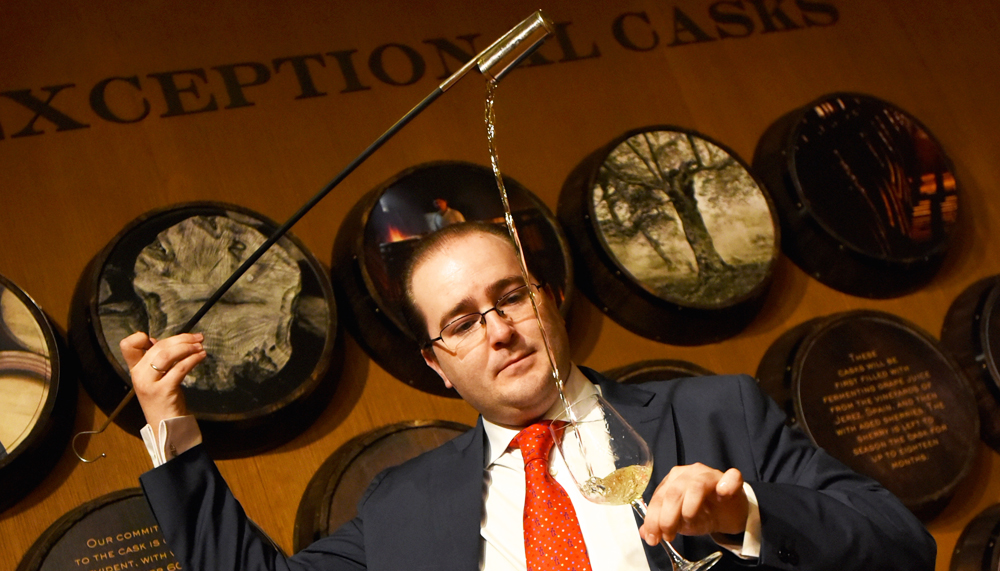New Spirit
For decades, age statements on Scotch whisky were often seen as indicators of quality and prestige. Any distiller with a reputation for putting out a quality product would not release its whisky unless the spirit had achieved an expected level of maturation and complexity, so drinkers who reach deeper into their pockets for that bottle of 25-year-old may reasonably expect a better dram.
Today, however, distilleries are playing a somewhat different tune. Age isn’t really all that important, they seem to be saying; flavour should be the focus. By removing the age statement on the bottle, distillers are free to create expressions according to desired flavour profiles.
Such a move has naturally ruffled more than a few feathers among the community of whisky aficionados who favour the merits of age, many of whom charge that the promotion of no-age-statement (or NAS) whisky is driven by shareholders’ insatiable lust for quick cash.
But as The Macallan’s director of super premium whiskies and brand education David Cox points out, NAS whisky is nothing new, and it’s not always necessarily a good thing. “One of the reasons for having age statements could be a competitive advantage, it’s really saying ‘my whisky is older than yours’. Over time certain ages started to become benchmarks or even the norm, which led to a slightly lazy approach to whisky making.”
Since the 1980s, The Macallan has been putting out 12- and 18-year-old whiskies at its distillery in the heart of Speyside.
The 12-year-old, which typically includes spirits that are as old as 15 years, remains “the engine” of The Macallan’s business, says Cox.
With the explosion in demand for Scotch single malts, The Macallan, like many of its peers, found itself faced with a problem (albeit a happy one) — stock and supply could not keep up. Unlike other spirits, there are gap years between when a whisky is made and when it can be released. If you run out, the only thing you can do is wait.
“Some time ago, we started to think about how we could continue and satisfy rapidly growing demand while accepting that, at the moment, we will not and cannot meet the demand for whiskies that carry particular age statements, whether it is 12, 15, 18, 25 or even 50 or whatever it may be,” Cox acknowledges. “The situation has provided us an opportunity to create two ranges, the 1824 series and the 1824 Masters series, which are whiskies selected based on colour and wood.”
Creating whiskies based on flavour profile and cask selection seems a perfectly natural thing to do, considering that up to 60 per cent of a whisky’s flavour is derived from wood. And with nearly 250,000 casks at the distillery, The Macallan’s whisky maker Bob Dalgarno has plenty of spirits of various ages at his disposal.
“What I think a lot of people don’t appreciate about casks is they are all different,” Cox remarks. “You have absolutely no guarantee it would develop at the rate you might expect of a certain cask made from a certain wood at a certain cooperage seasoned at a certain bodega. Some will develop younger, while some take a little longer to mature.”
Cox reveals that taking the age statement off a bottle has been very liberating for Dalgarno, who is now free to create whiskies based on colour, alcohol strength, cask type and other criteria without being bound by the shackles of age statements. “Some people mature faster than others, it’s the same for whisky,” adds Cox. “A lovely harmonious family is made up of younger, zestful members and more mature, experienced ones. In our whisky, we’re picking young thoroughbreds and putting them together with retired champions.”
